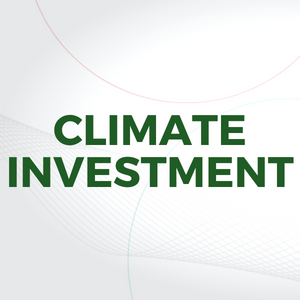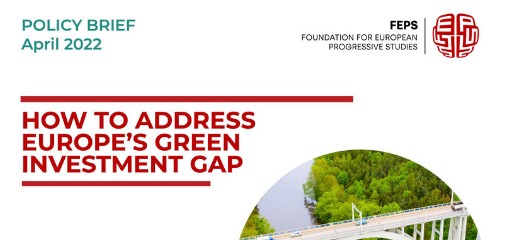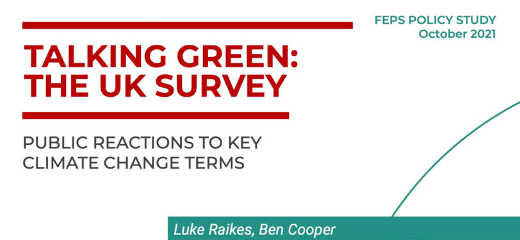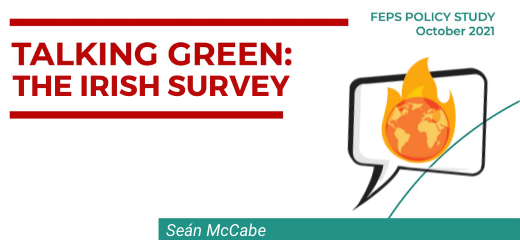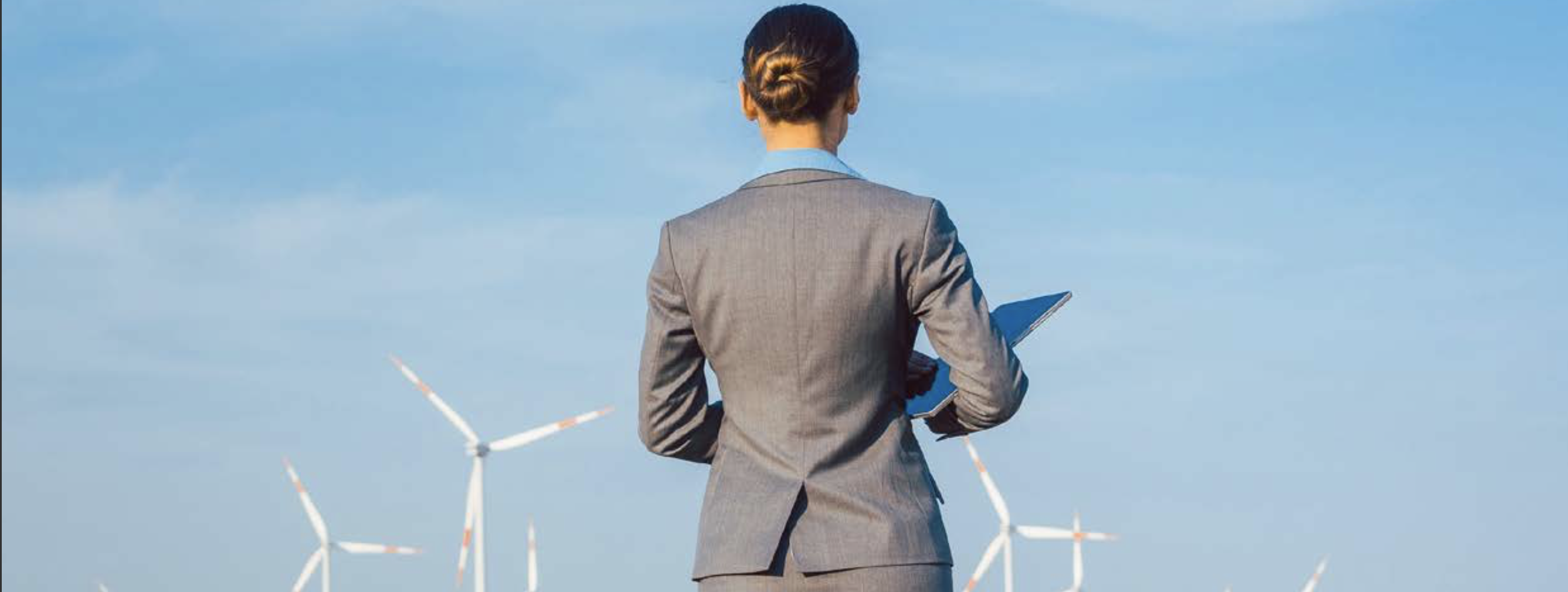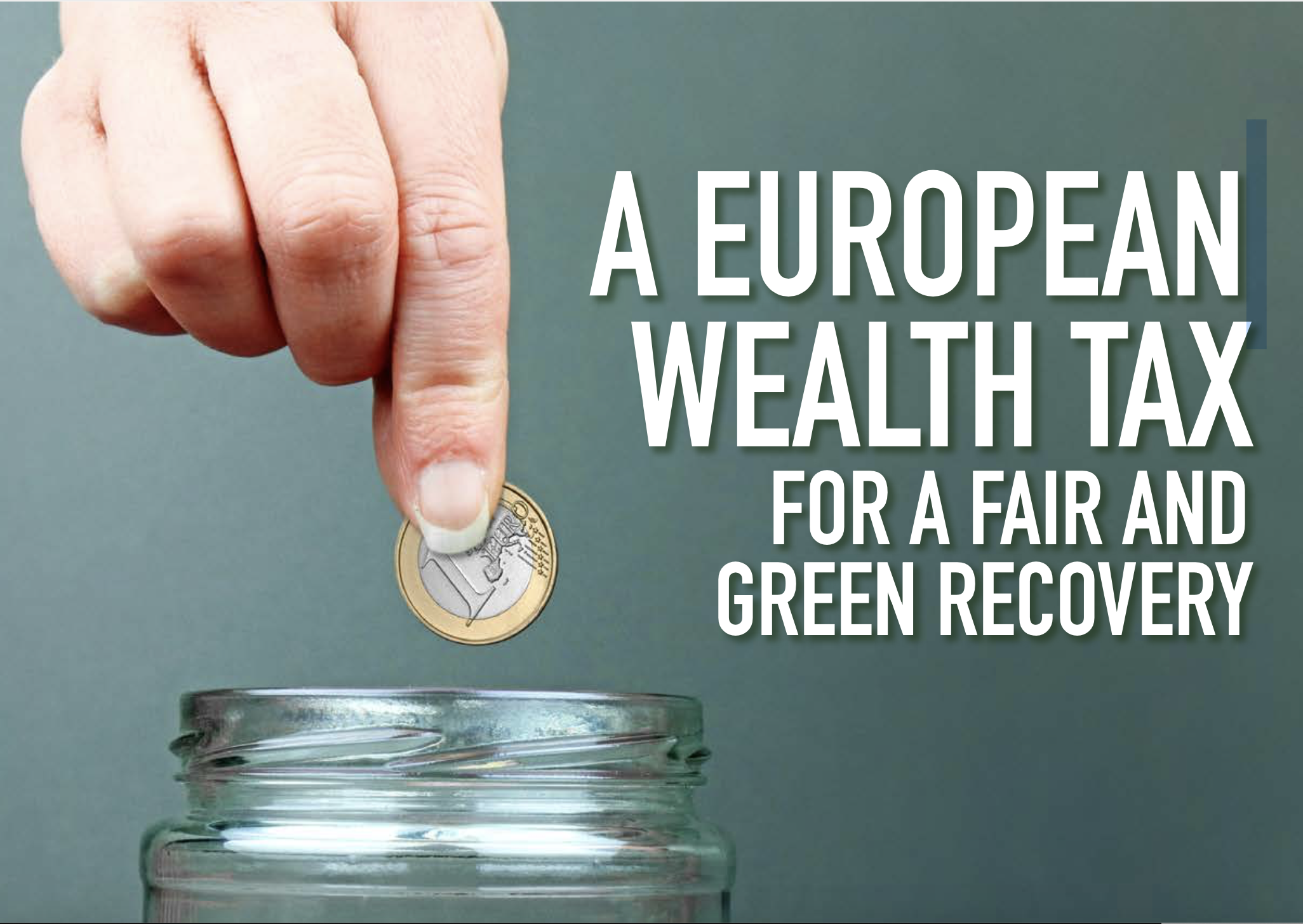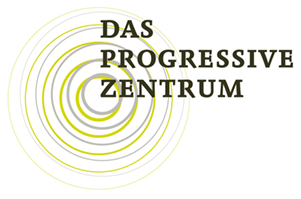
Publication
Is a €10 Trillion European Climate Investment Initiative Fiscally Sustainable?
October 19, 2021Author: Jakob Kapeller, Rafael Wildauer, Stuart Leitch
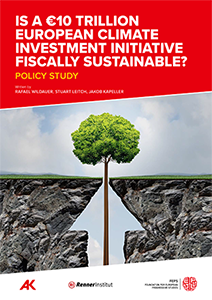 To what extent large-scale public investment efforts could be a viable tool to provide the necessary infrastructure to break Europe's dependency on fossil fuel and carbon emissions?
To what extent large-scale public investment efforts could be a viable tool to provide the necessary infrastructure to break Europe's dependency on fossil fuel and carbon emissions?
The private sector's poor track record for providing the required scale of financing for this infrastructure and the limited time left make it necessary to assess strategies that do not primarily rely on slowly changing price signals or the private sector's own initiative.
To shed light on these matters, this Policy Study estimates semi-structural vector autoregression (VAR) models for the EU27. These are used to study the impact of permanent - as well as 5 years long - public investment programmes.
Download the Policy Study and the Technical Appendix
Three key findings emerge:
First, government investment multipliers for the EU27 are large and range from 5.12 to 5.25, meaning that each euro of additional public investment leads to an increase in GDP of about €5 after 10 years.
Second, debt-to-GDP ratios are likely to fall in response to the strong economic impulse generated by additional public investment spending. Therefore, the study classifies additional public investment spending in the EU27 as a sustainable fiscal policy.
Third, single country investment initiatives will likely lead to smaller economic expansions when compared to coordinated EU-wide investment due to Europe's strong intra-member state trade flows. A coordinated approach to fiscal policy is thus substantially more effective not only when it comes to delivering network-dependent infrastructure (rail, grid) but also with respect to the economic stimulus it creates.
The Technical Appendix of the Publication
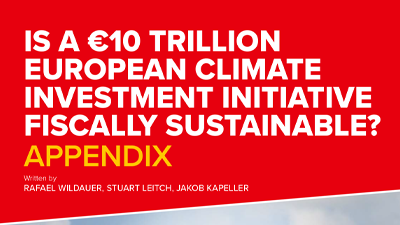 This appendix outlines the VAR model and the data which was used to produce the results of the main document.
This appendix outlines the VAR model and the data which was used to produce the results of the main document.
Most importantly it provides an exact definition of the key concepts such as the long run multipliers (LRMs), the cumulative impulse response functions (CIRFs) and the semi-permanent impulse response functions (SPIRFs).
The appendix also outlines how long run multipliers were averaged across EU27 member states and provides a brief derivation of the standard law of motion for government debt used in section 2 of the main report.
Download the Technical Appendix
Related materials
- A European Wealth Tax for a Fair and Green Recovery | The second Policy Study of this series by Jakob Kapeller, Stuart Leitch and Rafael Wildauer
- How to Boost the European Green Deal's Scale and Ambition | The first Policy Study of this series by Jakob Kapeller, Stuart Leitch and Rafael Wildauer
Projects


